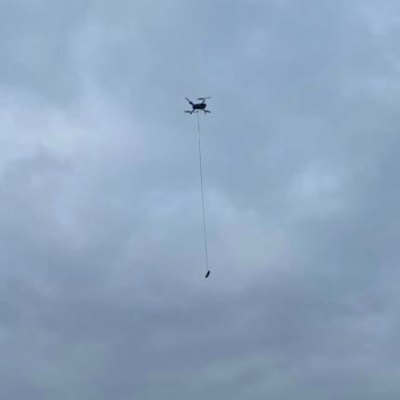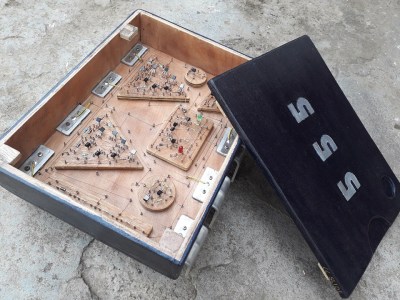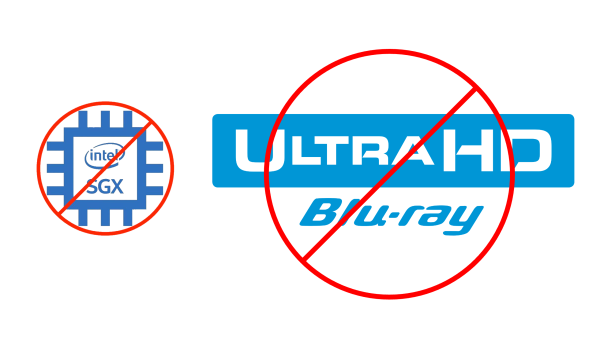The CIA Hacktivists have launched a sort of ransomware campaign against the Belarusian rail system, but instead of cryptocurrency, they want the release of political prisoners and removal of Russian soldiers. This could be called an example of cyber-terrorism, though there is a reasonable theory that this is a state-sponsored hack, masquerading as hacktivism. What does seem certain is that something has interrupted rail transit, and a group on Twitter has produced convincing proof of a breach.
Your Antivirus Now Includes a CryptoMiner
Don’t look now, but your latest update of Norton 360 or Avira may have installed a cryptocurrency mining module. The silver lining is that some sanity has been retained, and you have to opt-in to the crypto scheme before your machine starts spending its spare cycles on mining. For users who do, they’re put into a mining pool, making for small payouts for most hardware. Norton, naturally, takes a 15% fee off the top for their trouble.
The State of Linux Malware
There used to be an adage that Linux machines don’t get malware. That’s never really been quite true, but the continued conquest of the server landscape has had the side effect of making Linux malware an even greater danger. Crowdstrike has seen a 35% increase in Linux malware in 2021, with three distinct categories leading the charge: XorDDoS, Mozi, and Mirai. Continue reading “This Week In Security: Geopolitical Hacktivism, Antivirus Mining, And Linux Malware”





 But here’s a drone story from this rainswept isle sure to put a smile on the face of multirotor enthusiasts worldwide, as Denmead Drone Search And Rescue, an organisation who locate missing pets using drones, enticed lost dog Millie from a soon-to-be-engulfed tidal mudflat by the simple expedient of
But here’s a drone story from this rainswept isle sure to put a smile on the face of multirotor enthusiasts worldwide, as Denmead Drone Search And Rescue, an organisation who locate missing pets using drones, enticed lost dog Millie from a soon-to-be-engulfed tidal mudflat by the simple expedient of 










